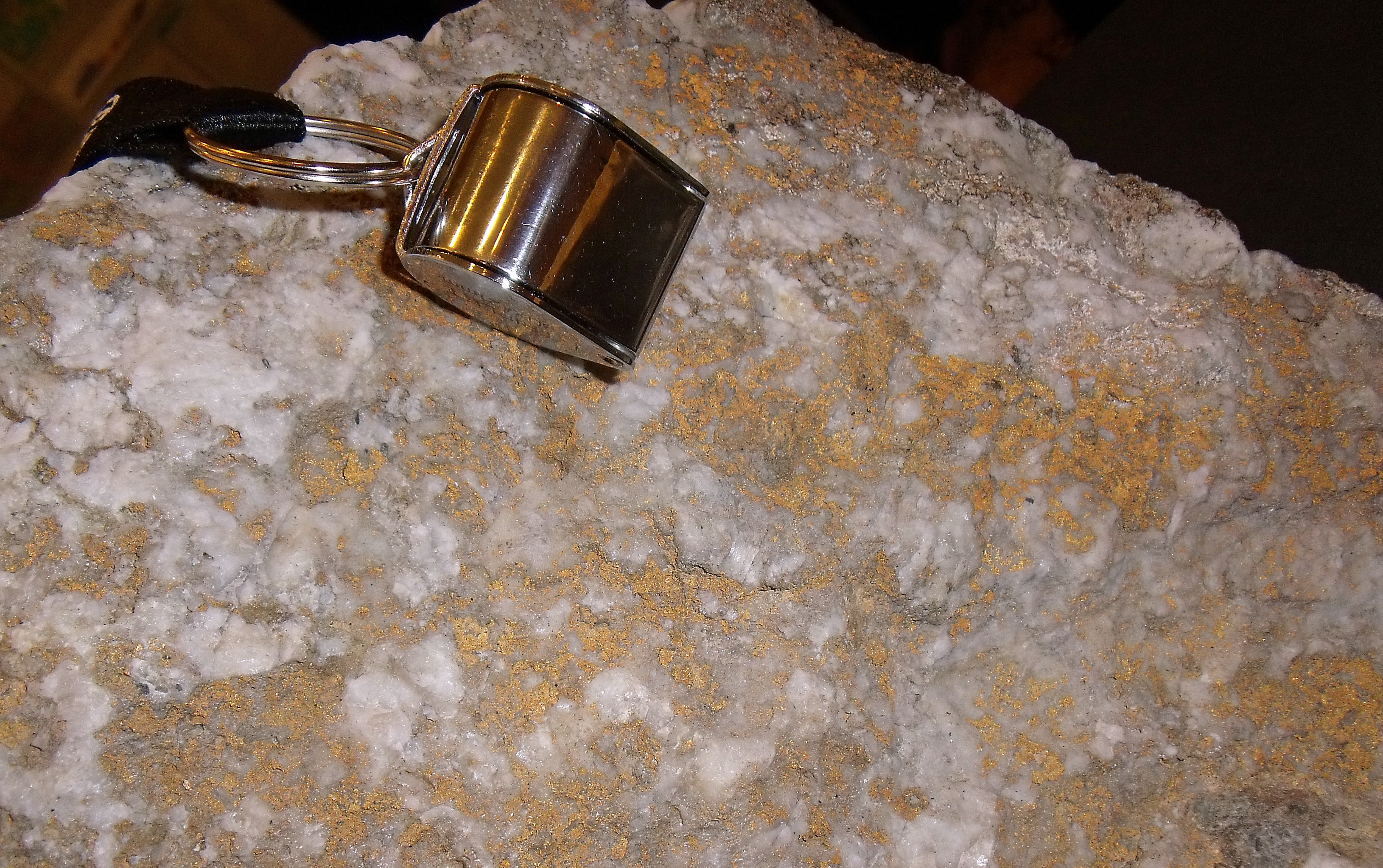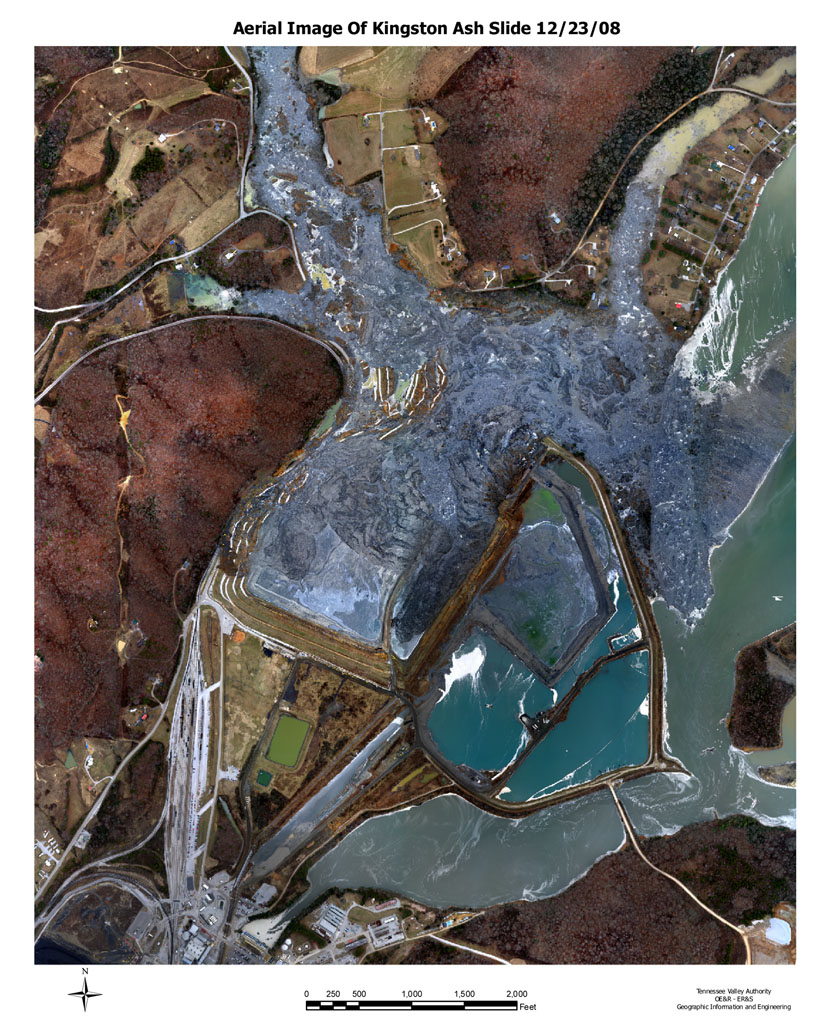|
Miner
A miner is a person who extracts ore, coal, chalk, clay, or other minerals from the earth through mining. There are two senses in which the term is used. In its narrowest sense, a miner is someone who works at the rock face (mining), face; cutting, blasting, or otherwise working and removing the rock. In a broader sense, a "miner" is anyone working within a mine, not just a worker at the rock face. Renowned as one of the most dangerous jobs in the world - and for good reason. Cave-in, Cave-ins, Explosion, explosions, Firedamp, toxic air, and extreme temperatures are some of the most perilous Mining accident, hazards observed to take place in underground mining, as well as the Health and environmental impact of the coal industry, overall long-term health effects of underground mining conditions. In some countries, miners lack social guarantees and in case of injury may be left to cope without assistance. In regions with a long mining tradition, many communities have developed cu ... [...More Info...] [...Related Items...] OR: [Wikipedia] [Google] [Baidu] |
Mineral
In geology and mineralogy, a mineral or mineral species is, broadly speaking, a solid substance with a fairly well-defined chemical composition and a specific crystal structure that occurs naturally in pure form.John P. Rafferty, ed. (2011): Minerals'; p. 1. In the series ''Geology: Landforms, Minerals, and Rocks''. Rosen Publishing Group. The Geology, geological definition of mineral normally excludes compounds that occur only in living organisms. However, some minerals are often biogenic (such as calcite) or organic compounds in the sense of chemistry (such as mellite). Moreover, living organisms often synthesize inorganic minerals (such as hydroxylapatite) that also occur in rocks. The concept of mineral is distinct from rock (geology), rock, which is any bulk solid geologic material that is relatively homogeneous at a large enough scale. A rock may consist of one type of mineral or may be an aggregate (geology), aggregate of two or more different types of minerals, spaci ... [...More Info...] [...Related Items...] OR: [Wikipedia] [Google] [Baidu] |
Mining Accident
A mining accident is an accident that occurs during the process of mining minerals or metals. Thousands of miners die from mining accidents each year, especially from underground mining (hard rock), underground coal mining, although accidents also occur in Underground mining (hard rock), hard rock mining. Coal mining is considered much more hazardous than hard rock mining due to flat-lying rock strata, generally incompetent rock, the presence of methane gas, and coal dust. Most of the deaths these days occur in developing countries, and rural parts of developed countries where safety measures are not practiced as fully. A mining disaster is an incident where there are five or more fatalities. Causes Mining accidents can occur from a variety of causes, including leaks of poisonous gases such as hydrogen sulfide or explosive natural gases, especially firedamp or methane, dust explosions, collapsing of mine Stoping (mining method), stopes, mining-induced seismicity, flooding, or ... [...More Info...] [...Related Items...] OR: [Wikipedia] [Google] [Baidu] |
Mining
Mining is the Resource extraction, extraction of valuable geological materials and minerals from the surface of the Earth. Mining is required to obtain most materials that cannot be grown through agriculture, agricultural processes, or feasibly created Chemical synthesis, artificially in a laboratory or factory. Ores recovered by mining include Metal#Extraction, metals, coal, oil shale, gemstones, limestone, chalk mining, chalk, dimension stone, rock salt, potash, gravel, and clay. The ore must be a rock or mineral that contains valuable constituent, can be extracted or mined and sold for profit. Mining in a wider sense includes extraction of any non-renewable resource such as petroleum, natural gas, or even fossil water, water. Modern mining processes involve prospecting for ore bodies, analysis of the profit potential of a proposed mine, extraction of the desired materials, and final mine reclamation, reclamation or restoration of the land after the mine is closed. Mining ma ... [...More Info...] [...Related Items...] OR: [Wikipedia] [Google] [Baidu] |
Mining Engineer
Mining engineering is the extraction of minerals from the ground. It is associated with many other disciplines, such as mineral processing, exploration, excavation, geology, metallurgy, geotechnical engineering and surveying. A mining engineer may manage any phase of mining operations, from exploration and discovery of the mineral resources, through feasibility study, mine design, development of plans, production and operations to mine closure. History of mining engineering From prehistoric times to the present, mining has played a significant role in the existence of the human race. Since the beginning of civilization, people have used stone and ceramics and, later, metals found on or close to the Earth's surface. These were used to manufacture early tools and weapons. For example, high-quality flint found in northern France and southern England were used to set fire and break rock. Flint mines have been found in chalk areas where seams of the stone were followed underground ... [...More Info...] [...Related Items...] OR: [Wikipedia] [Google] [Baidu] |
Clay
Clay is a type of fine-grained natural soil material containing clay minerals (hydrous aluminium phyllosilicates, e.g. kaolinite, ). Most pure clay minerals are white or light-coloured, but natural clays show a variety of colours from impurities, such as a reddish or brownish colour from small amounts of iron oxide. Clays develop plasticity (physics), plasticity when wet but can be hardened through Pottery#Firing, firing. Clay is the longest-known ceramic material. Prehistoric humans discovered the useful properties of clay and used it for making pottery. Some of the earliest pottery shards have been radiocarbon dating, dated to around 14,000 BCE, and Clay tablet, clay tablets were the first known writing medium. Clay is used in many modern industrial processes, such as paper making, cement production, and chemical filtration, filtering. Between one-half and two-thirds of the world's population live or work in buildings made with clay, often baked into brick, as an essenti ... [...More Info...] [...Related Items...] OR: [Wikipedia] [Google] [Baidu] |
Limestone
Limestone is a type of carbonate rock, carbonate sedimentary rock which is the main source of the material Lime (material), lime. It is composed mostly of the minerals calcite and aragonite, which are different Polymorphism (materials science), crystal forms of calcium carbonate . Limestone forms when these minerals Precipitation (chemistry), precipitate out of water containing dissolved calcium. This can take place through both biological and nonbiological processes, though biological processes, such as the accumulation of corals and shells in the sea, have likely been more important for the last 540 million years. Limestone often contains fossils which provide scientists with information on ancient environments and on the evolution of life. About 20% to 25% of sedimentary rock is carbonate rock, and most of this is limestone. The remaining carbonate rock is mostly Dolomite (rock), dolomite, a closely related rock, which contains a high percentage of the mineral Dolomite (mine ... [...More Info...] [...Related Items...] OR: [Wikipedia] [Google] [Baidu] |
Miner
A miner is a person who extracts ore, coal, chalk, clay, or other minerals from the earth through mining. There are two senses in which the term is used. In its narrowest sense, a miner is someone who works at the rock face (mining), face; cutting, blasting, or otherwise working and removing the rock. In a broader sense, a "miner" is anyone working within a mine, not just a worker at the rock face. Renowned as one of the most dangerous jobs in the world - and for good reason. Cave-in, Cave-ins, Explosion, explosions, Firedamp, toxic air, and extreme temperatures are some of the most perilous Mining accident, hazards observed to take place in underground mining, as well as the Health and environmental impact of the coal industry, overall long-term health effects of underground mining conditions. In some countries, miners lack social guarantees and in case of injury may be left to cope without assistance. In regions with a long mining tradition, many communities have developed cu ... [...More Info...] [...Related Items...] OR: [Wikipedia] [Google] [Baidu] |
Coal
Coal is a combustible black or brownish-black sedimentary rock, formed as rock strata called coal seams. Coal is mostly carbon with variable amounts of other Chemical element, elements, chiefly hydrogen, sulfur, oxygen, and nitrogen. Coal is a type of fossil fuel, formed when dead plant matter decays into peat which is converted into coal by the heat and pressure of deep burial over millions of years. Vast deposits of coal originate in former wetlands called coal forests that covered much of the Earth's tropical land areas during the late Carboniferous (Pennsylvanian (geology), Pennsylvanian) and Permian times. Coal is used primarily as a fuel. While coal has been known and used for thousands of years, its usage was limited until the Industrial Revolution. With the invention of the steam engine, coal consumption increased. In 2020, coal supplied about a quarter of the world's primary energy and over a third of its Electricity generation, electricity. Some iron and steel-maki ... [...More Info...] [...Related Items...] OR: [Wikipedia] [Google] [Baidu] |
Prospecting
Prospecting is the first stage of the geological analysis (followed by Mining engineering#Pre-mining, exploration) of a territory. It is the search for minerals, fossils, precious metals, or mineral specimens. It is also known as fossicking. Traditionally prospecting relied on direct observation of mineralization in rock outcrops or in sediments. Modern prospecting also includes the use of geologic, Geophysics, geophysical, and Geochemistry, geochemical tools to search for anomalies which can narrow the search area. Once an anomaly has been identified and interpreted to be a potential prospect direct observation can then be focused on this area. In some areas a prospector must also stake a claim, meaning they must erect posts with the appropriate placards on all four corners of a desired land they wish to prospect and register this claim before they may take samples. In other areas publicly held lands are open to prospecting without staking a mining claim. Historical method ... [...More Info...] [...Related Items...] OR: [Wikipedia] [Google] [Baidu] |
Health And Environmental Impact Of The Coal Industry
The health and environmental impact of the coal industry includes issues such as land use, waste management, water and air pollution, caused by the coal mining, processing and the use of its products. In addition to atmospheric pollution, coal burning produces hundreds of millions of tons of solid waste products annually, including fly ash, bottom ash, and flue-gas desulfurization sludge, that contain mercury, uranium, thorium, arsenic, and other heavy metals. Coal is the largest contributor to the human-made increase of carbon dioxide in Earth's atmosphere. There are severe health effects caused by burning coal. Worldwide 25 people die early for each terawatt hour of electricity generated by coal, around a thousand times more than nuclear or solar. In addition, there have been many coal mining disasters, although work related coal deaths has declined substantially as safety measures have been enacted and underground mining has given up market share to surface mining ... [...More Info...] [...Related Items...] OR: [Wikipedia] [Google] [Baidu] |









